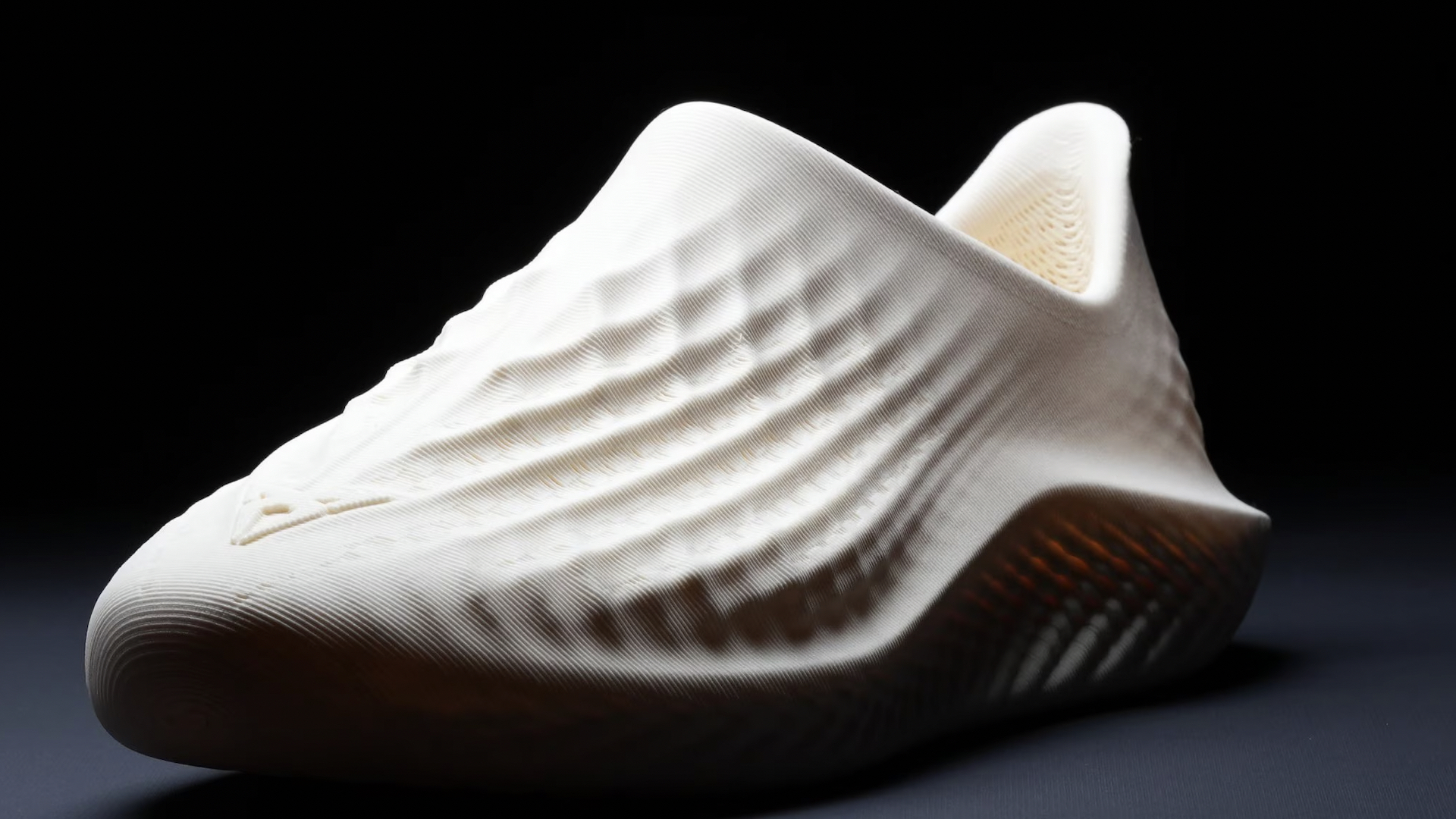5 people you need to worry about seeing your portfolio
Jason Cranford Teague gives some tips on tailoring your portfolio.
I am constantly amazed at how many designers and would-be-designers I meet who stare at me blankly when I ask the simple question, "Can you send me the link to your design portfolio?"
I often get the halting response, "Uh, I have my resumé." A little secret here: I don't really care about your resumé. I don't want to read about your work, I want to see it for myself. Kick the tyres, if you will. Take it for a test drive. And I'm not alone.
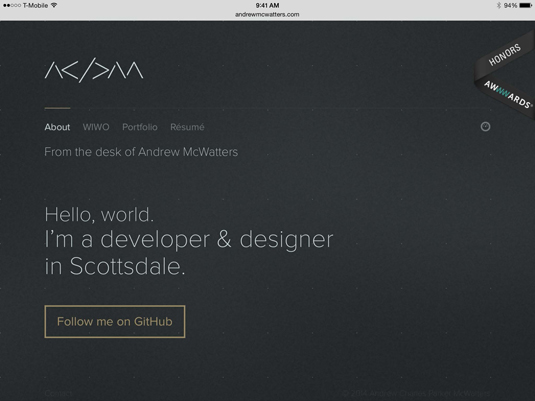
Your portfolio may have many different and varied audiences looking at it. While it would be nice to think that everyone in the world is interested in who you are and what you are doing, in all likelihood, you can break down the primary audiences for your portfolio into one of five distinct categories.
01. Employers
If you are looking to get a design job in an agency or in-house design shop, then you are looking to appeal to people who want to hire you for a job. Your first hurdle is getting past the HR apparatus of the company, which can be problematic.
HR managers often have little or no design experience, and may only look at the resume, checking off a few boxes on their list (MS Word: check, Adobe Photoshop: check… hmmm, no mention of Windows NT experience? REJECTED!) and never go beyond that.
Once past that formidable barrier, though, the hiring manager is usually a creative director or similar design manager. They generally assume that you made it this far because you met all of the low-hanging fruit requirements and all they want to know is one thing: can you design for the web?
For potential employers, your portfolio mission is simple: show them your work, explain your process including any deliverables used in the creation, and don’t take credit for more than what you did on a project. Nothing turns off a prospective employer faster than sensing that the designer in question is overstating their role in a project.
Get the Creative Bloq Newsletter
Daily design news, reviews, how-tos and more, as picked by the editors.
02. Clients
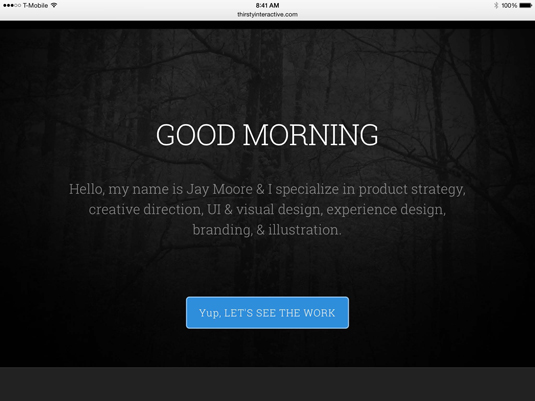
If you are looking to pick up freelance work, you need to target potential clients. Like hiring managers, clients are going to be more interested in seeing what you offer, but unlike a hiring manager, clients will often have little or no design training themselves. So, your portfolio will need to do more than sell the quality of your work, but also the value of the services you can provide.
We live in an increasingly competitive industry, where websites are being designed by AI or cobbled from a template more cost effectively than hiring a real human designer. Your job is to show them why the human touch will give them the biggest bang for their buck.
For clients, the mission of your portfolio is to delight them with the possibilities of what you can give them. But be careful not to over-promise: It's easy to lead clients to believe that they can get a Maserati website, which can be a huge problem if they only have a Yugo budget. Most likely clients will not know the efforts or cost involved.
03. Other designers
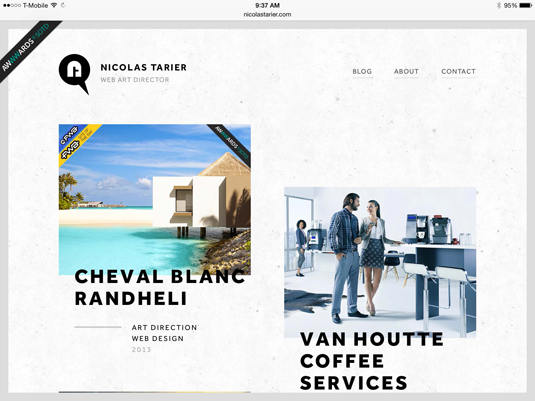
We all like to be appreciated by our peers and your portfolio is your chance to strut your stuff. These might just be other interested designers looking for some inspiration, but they also might be designers wanting to consider highlighting your work in an article, book, or even considering your work for an award.
For other designers, your mission is to allow them to see the breadth of your work as quickly as possible.
04. Your boss
While we often don't think of having to apply for a job with our current company, it's still important to keep up a current portfolio when it comes to yearly reviews. Often the enterprise applications used to evaluate performance are pretty awful, and do not allow creatives the opportunity to really shine. You need to create your own platform to show off what you are capable of in order to get that big promotion and raise.
With this version of your portfolio, your boss should already know what you did and how you did it. Your job is to remind them of the highlights, the successes, and the struggles you overcame while working.
05. Your organization
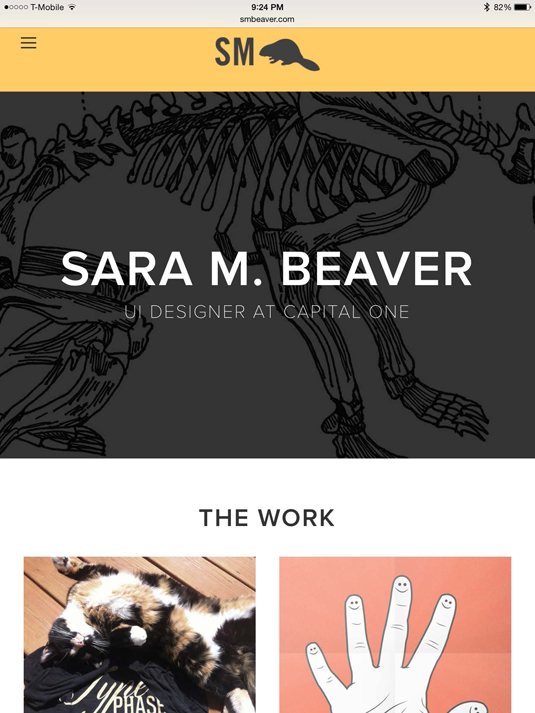
If you are an in-house designer – increasingly common these days – then your portfolio may need to be able to sell your capabilities internally. Although I often see design team portfolios created, your personal portfolio might have to serve to keep others in your organization impressed with what you are capable.
For internal portfolios, like with client portfolios, the emphasis is on delighting them with the possibilities without over-promising. You want to manage and expand their expectations and get them to start thinking progressively.
Words: Jason Cranford Teague
Illustration: Mister Phil for Computer Arts
Jason Cranford Teague is a senior creative director at Capital One, speaking this summer in Barcelona at WebVisions, and available for professional training through Rosenfeld Media.
Like this? Read these!
- Brilliant Wordpress tutorial selection
- How to start a blog
- Discover the best blogging platform

Thank you for reading 5 articles this month* Join now for unlimited access
Enjoy your first month for just £1 / $1 / €1
*Read 5 free articles per month without a subscription

Join now for unlimited access
Try first month for just £1 / $1 / €1

The Creative Bloq team is made up of a group of art and design enthusiasts, and has changed and evolved since Creative Bloq began back in 2012. The current website team consists of eight full-time members of staff: Editor Georgia Coggan, Deputy Editor Rosie Hilder, Ecommerce Editor Beren Neale, Senior News Editor Daniel Piper, Editor, Digital Art and 3D Ian Dean, Tech Reviews Editor Erlingur Einarsson, Ecommerce Writer Beth Nicholls and Staff Writer Natalie Fear, as well as a roster of freelancers from around the world. The ImagineFX magazine team also pitch in, ensuring that content from leading digital art publication ImagineFX is represented on Creative Bloq.
